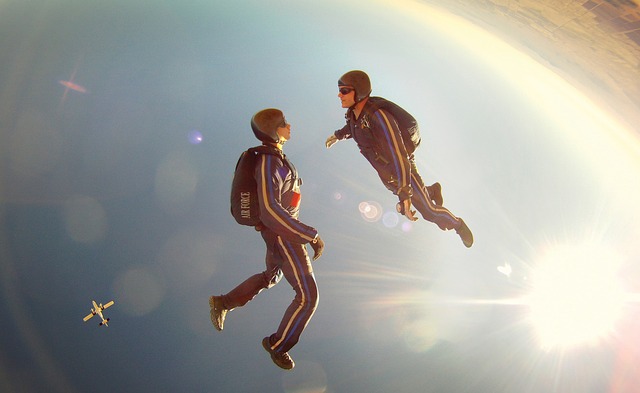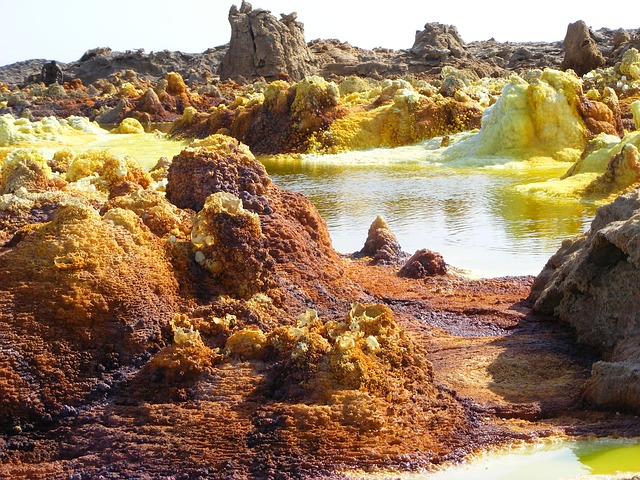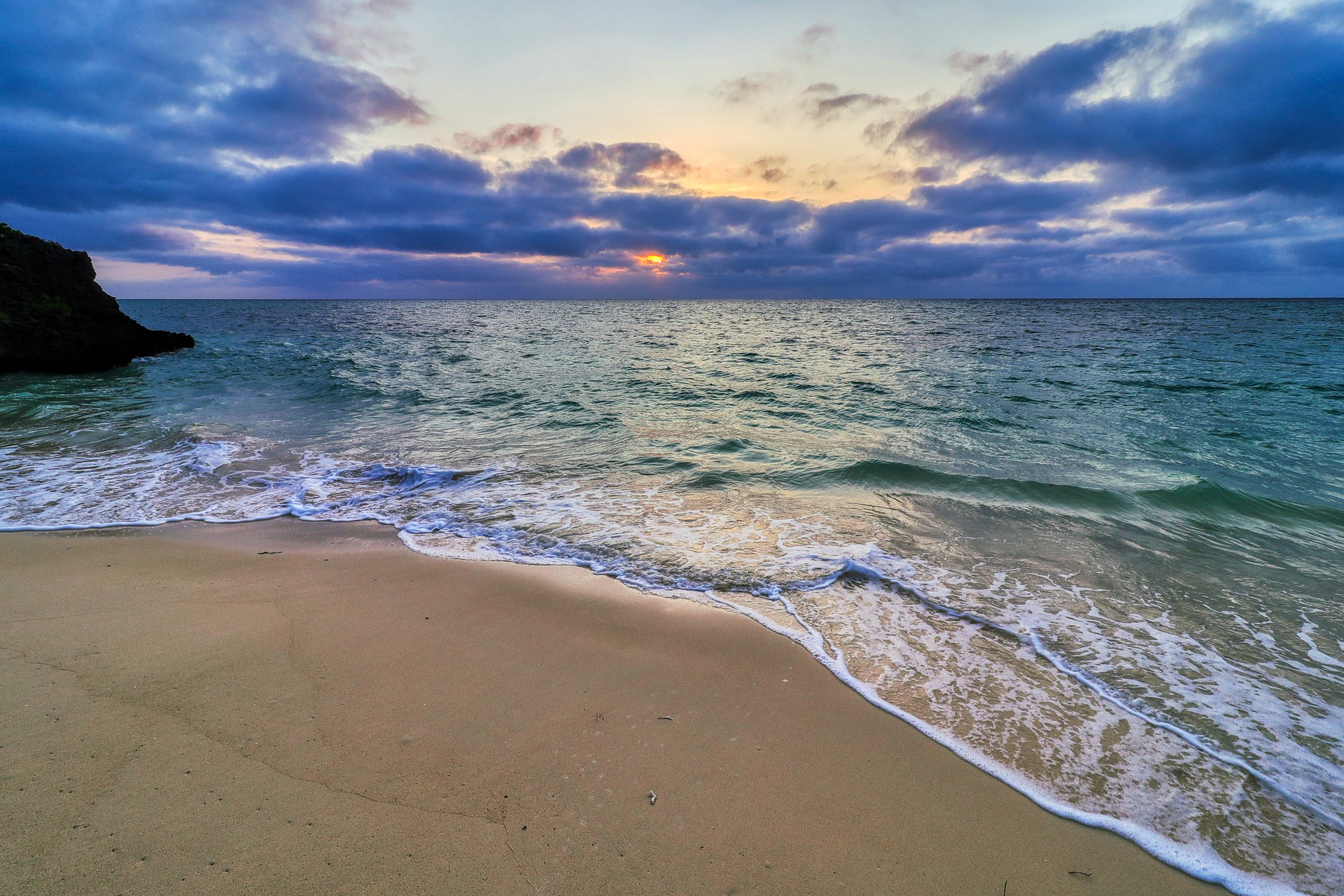People and Risky Sports – Explaining the Chemistry Between the Two
The expansion of extreme sports into a full-fledged category ushered in a new era in sports and has been on the receiving end of conservative criticism ever since. Contrary to popular belief, our love for risky sports can be put down to reasons which are purely scientific and actually very easy to grasp. Meanwhile. few can deny that there are those that do like living on the edge solely for the thrill, but I like to think there’s a deeper connection with human biology than it looks on the surface. So, the subject of this post will be trying to explain why we like to push ourselves to the extreme and what we could possibly benefit from that.

Before Sports There Was Surviving
First, let’s get the record straight there are degrees and types stress that actually promotes and triggers intrinsic self-repair mechanisms in the body. In other words, the lack of resistance/stress is not something we should be striving towards. Competitiveness and the ability to survive against all odds were passed down to us by our forefathers who didn’t have the luxury of ordering food online or having well-developed local medical care. In a nutshell, extreme sports could be interpreted as something that’s to an extent emulating the severe conditions we are no longer exposed to due to our evolution as a species. It’s no wonder that overloading the body with weight in a controlled manner stimulates growth hormone (HGH) synthesis, which in term can repair damaged tissue and increase human lifespan.
So, what’s in it for you? Imagine getting away with taking rash decisions or the boost in confidence you get manhandling a fully loaded barbell at the gym. What this does to your body is it stimulates it to releases a cocktail of chemicals that ultimately make it feel good. Let’s not forget the increased heart-rate that delivers blood to every bit of your body, thus revitalizing your system and giving you increased strength, and better focus until the body turns back to a relaxed state. This primal instinct in our bodies is what extreme sports were founded on, and boy, do we love how it feels… Sadly, people mistake this for a substitute of living a healthy lifestyle and then go on to blindly blame all their woes on ‘irresponsible behaviour’. But don’t worry, extreme sports are just one of the many risky things you can do to get the blood pumping
Your Body Has the Recipe for Success, Extreme Sports Just Give it a Little Push
Hormones our body absolutely loves are endorphins, dopamine and serotonin. Some of those are released during a proper workout and some – under pressure of any kind. We could then safely say that taking risks is in our DNA. Overcoming obstacles like managing to land in one piece after an insane motorcycle jump gives not only that rush of adrenaline but also a sense of achievement. Believe it or not, the latter too is a natural response of the body and can be explained with biochemistry. Simply put, our system is programmed to reward itself for its achievements, after all the initial drive for us pursuing new heights is success makes us feel good.


